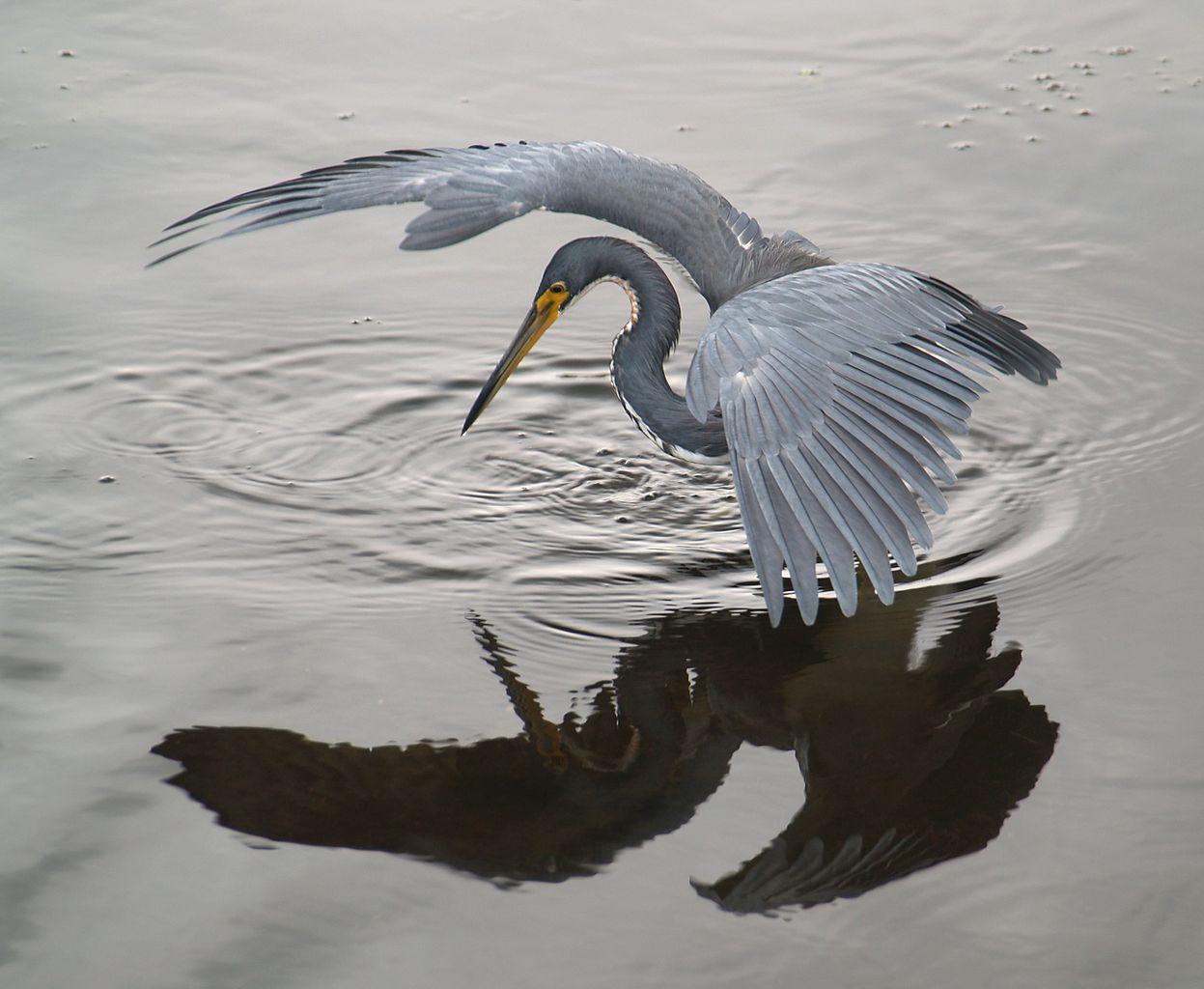Ecologists go in search of birds displaced by hurricanes that make landfall along the coastal wetlands of the southern U.S. The abundant plant life there provides homes to birds that wade through brackish waters and nest in these environments. And scientists want to know, how do these birds survive hurricanes?
The first factor of survival lies in detecting storms. Birds may recognize changes in barometric pressure as warnings of fast approaching gale force winds. Grasses in tidal marshes provide some refuge from hurricane-strength winds. Yet, these areas can easily flood when storm surges force tides and low-pressure systems forward, submerging marshlands in the process. If winds pick up enough speed, eggs can get washed away and birds can get blown inland, miles from their original locations.
When hurricanes come after midsummer, most eggs have already hatched. So, some birds may fly ahead of storms. But, if caught inside one, birds will often remain in the eye of the system, where it’s safer to fly.
A bird’s location relative to an incoming storm is a critical factor that affects how they fare in the storm. In coastal areas immediately east of the eye of a tropical cyclone, we may see a drop in bird populations in the year following a hurricane’s arrival ashore. That’s because the counterclockwise rotation of hurricanes results in the highest winds and the greatest storm surge in areas to the north and east of storms. Now, with birds facing increasing threats from hurricanes and continued pressure of human development within coastal areas, it’s crucial to protect our marshes that provide the best shelter for birds out in the storm.









